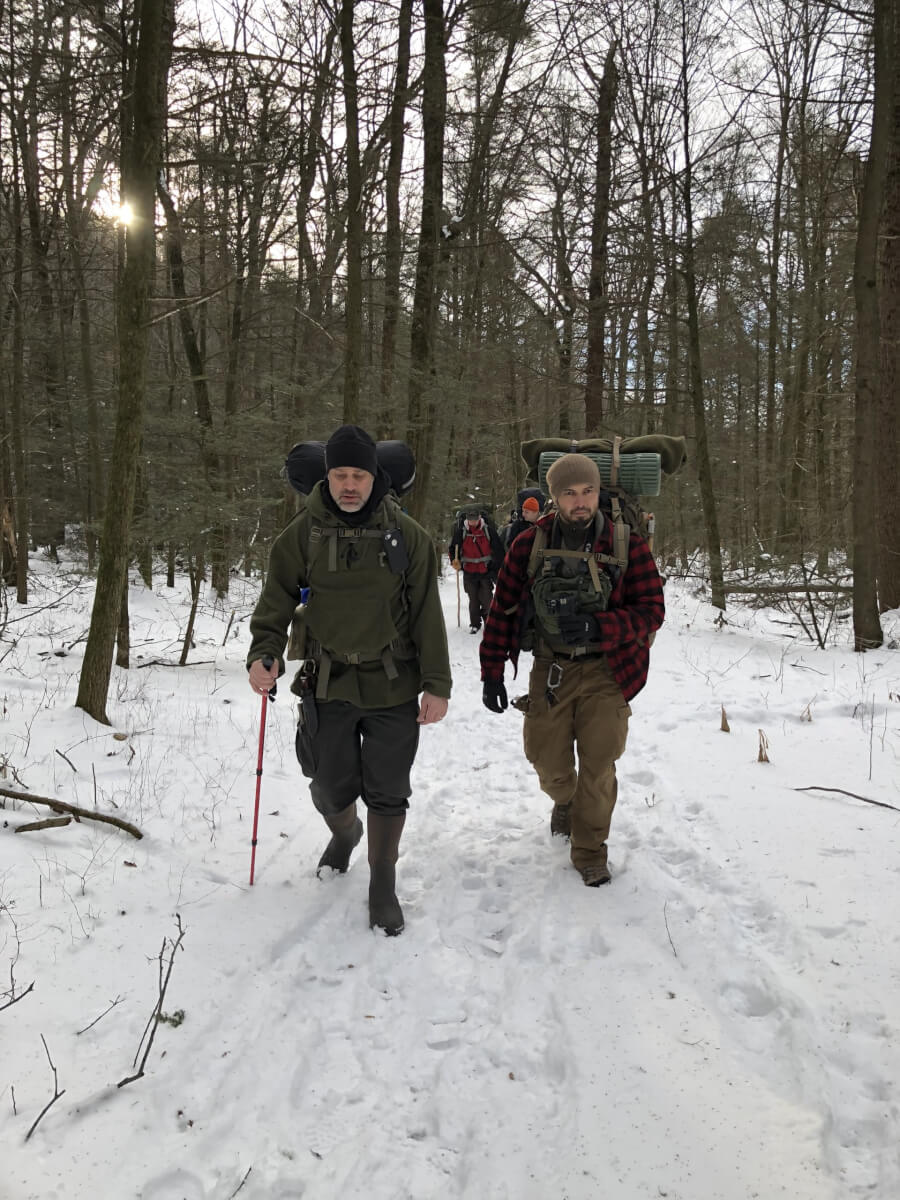SURVIVAL CAN COME DOWN TO YOUR ABILITY TO STAY WARM AND DRY
STORY AND PHOTOS BY MIKE TRAVIS
Many Scandinavian cultures use the word “friluftsliv,” which loosely translates as “outdoor lifestyle” to describe their affinity for outdoor activities. Considering their colder climates and long, dark winters, it is worth paying attention to how Nordic peoples keep comfortable in the outdoors.
TEMPERATURE REGULATION
The human body is adapted to live in a tropical climate. On average, we begin to lose our unaided ability to maintain core body temperature (97.7-99.5 degrees) when the ambient temperatures drop below 88 degrees.
Things such as convection (air moving over the surface of the skin) and conduction (heat loss or gain via physical contact with an object of a different temperature) accelerate change in core body temperature. While convection and conduction can lead to either heat loss or gain, evaporation (as sweat) is the mechanism that our bodies use to cool down and will occur any time our skin comes in contact with moisture.
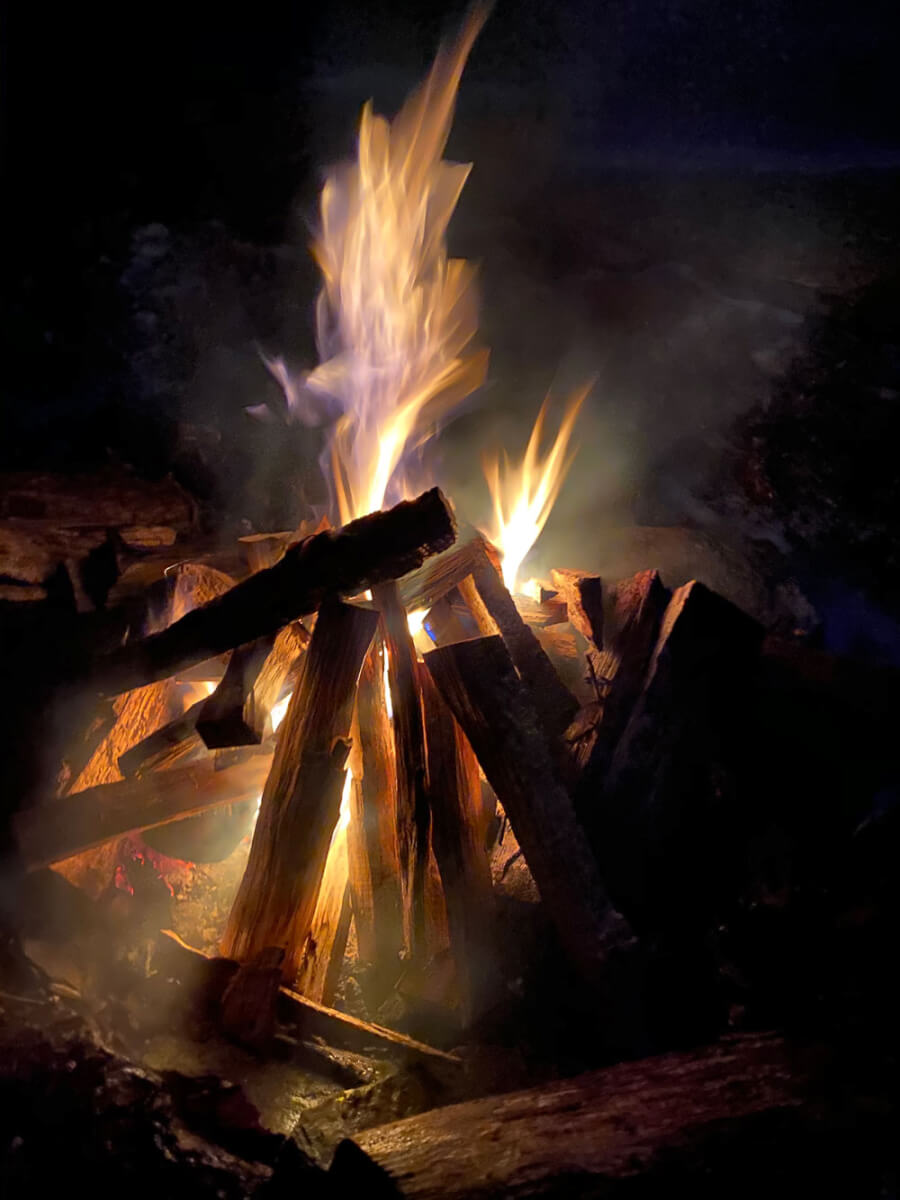
DRESS FOR SUCCESS
The Swedes have a saying that there is no such thing as bad weather, only bad clothing. With that in mind, let’s look at some strategies for maintaining our tropical micro-climate, no matter what Mother Nature throws our way.
Clothing is our first line of defense against the elements.
It is the “shelter” we carry with us no matter where we are. When trying to stay warm, we must choose clothing that will retain our body heat, allow for the controlled escape of moisture and prevent unwanted convection and conduction. It should prevent external moisture from permeating your clothing.
While it is possible to get a single garment that will satisfy these requirements, they are an all-or-nothing proposition and are not ideal for outdoor activities.
Ask any avid outdoorsman and they will tell you that layering your clothing is one key to success when temperatures drop. A basic clothing system will comprise a base layer, one or more insulation layers, and an outer shell.
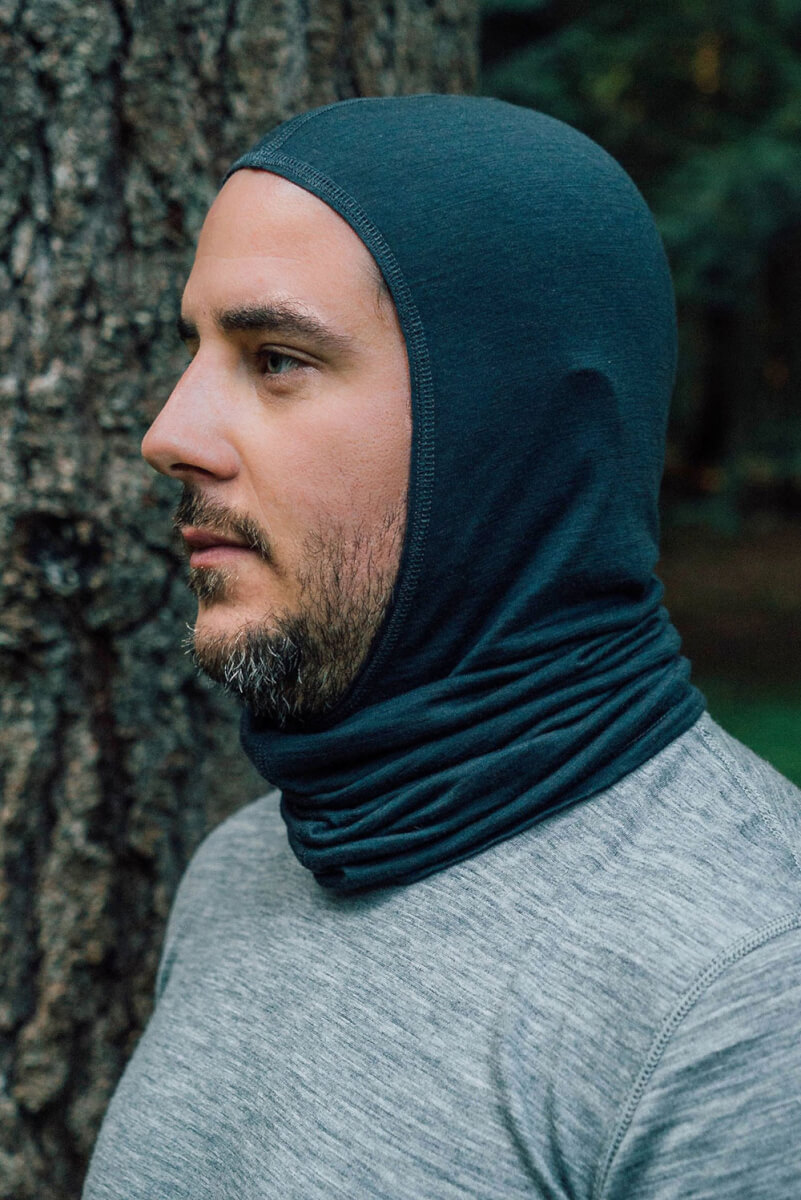
Base Layer: The base layer’s primary function is moisture control. It must be able to mitigate the effects of evaporation due to sweat by keeping your skin as dry as possible. This layer should fit close to the skin and dry quickly. While cotton is great in hot climates, it holds moisture and takes a long time to dry. There are many materials such as merino wool, silk, and synthetic blends that make excellent base layers.
Insulation Layer: The function of the insulation layer is self-explanatory. The job of this layer is to create dead air space that will trap and hold the heat generated by your body. This can be done by stacking layers of clothing, as a function of the materials or, ideally, a combination of both. Breathability remains an important factor as built up moisture can often degrade, if not destroy the insulative properties of this layer.
Natural materials such as down and wool have been used as insulation for hundreds of years. Down makes a tremendous insulation layer. It is lightweight, compact, and efficient. It also loses almost all of its insulative properties when it gets wet.
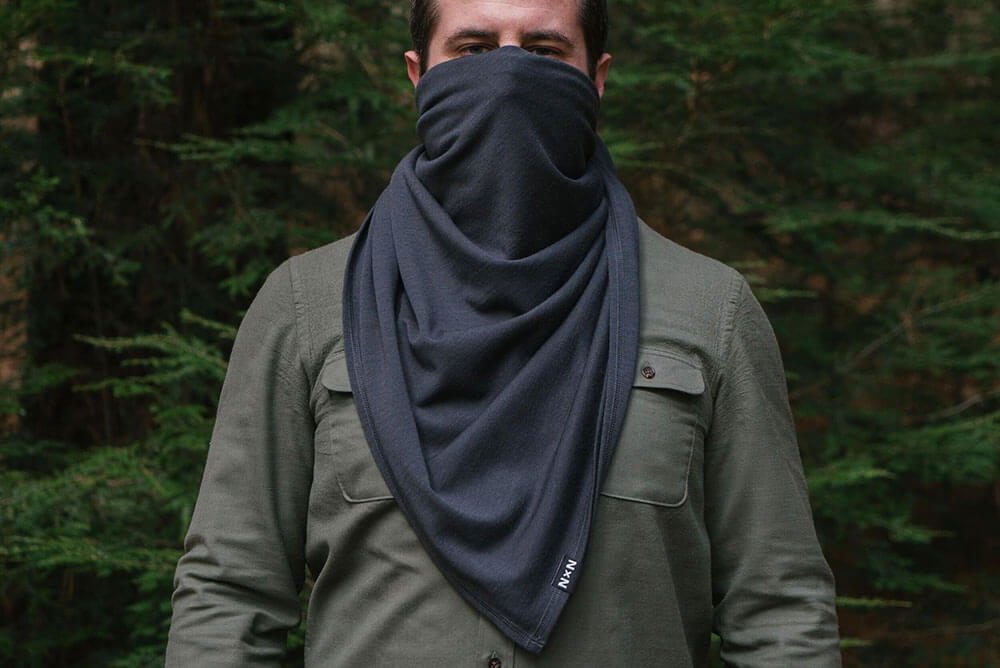
Wool is also extremely efficient. It is mildly water repellent, antimicrobial, and keeps many of its properties as an insulator even when wet. Wool can absorb as much as 30 percent of its own weight in moisture while not feeling wet or cold. There are a massive number of synthetic insulation materials available today. From simple fleece and polypropylene to technical materials that mimic down and wool, the sky (and often your wallet) are the limit.
Outer Shell: The outer shell serves two simple functions. It needs to prevent the incursion of wind and moisture. Your choice of shell material should be tailored to your environment. In wet climates, products such as Gore-Tex and other waterproof synthetic materials are king. They will not absorb moisture and keep a level of breathability that will help prevent you from getting soaked from the inside out. In dryer and colder climates, products made of tightly woven cotton can be quite effective. These natural fabrics, such as Ventile, are softer, quieter, and very durable. While they are water-resistant, they are no match for modern materials in wet conditions.
Supplemental Gear: Keeping your feet warm and dry are imperative to staying comfortable in cold climates. While I’m not a fan of waterproof footwear in the warm months, it is a must when the temperatures drop. No matter what type of footwear you choose, make sure that it fits properly and leaves room for one or two layers of high-quality wool socks.
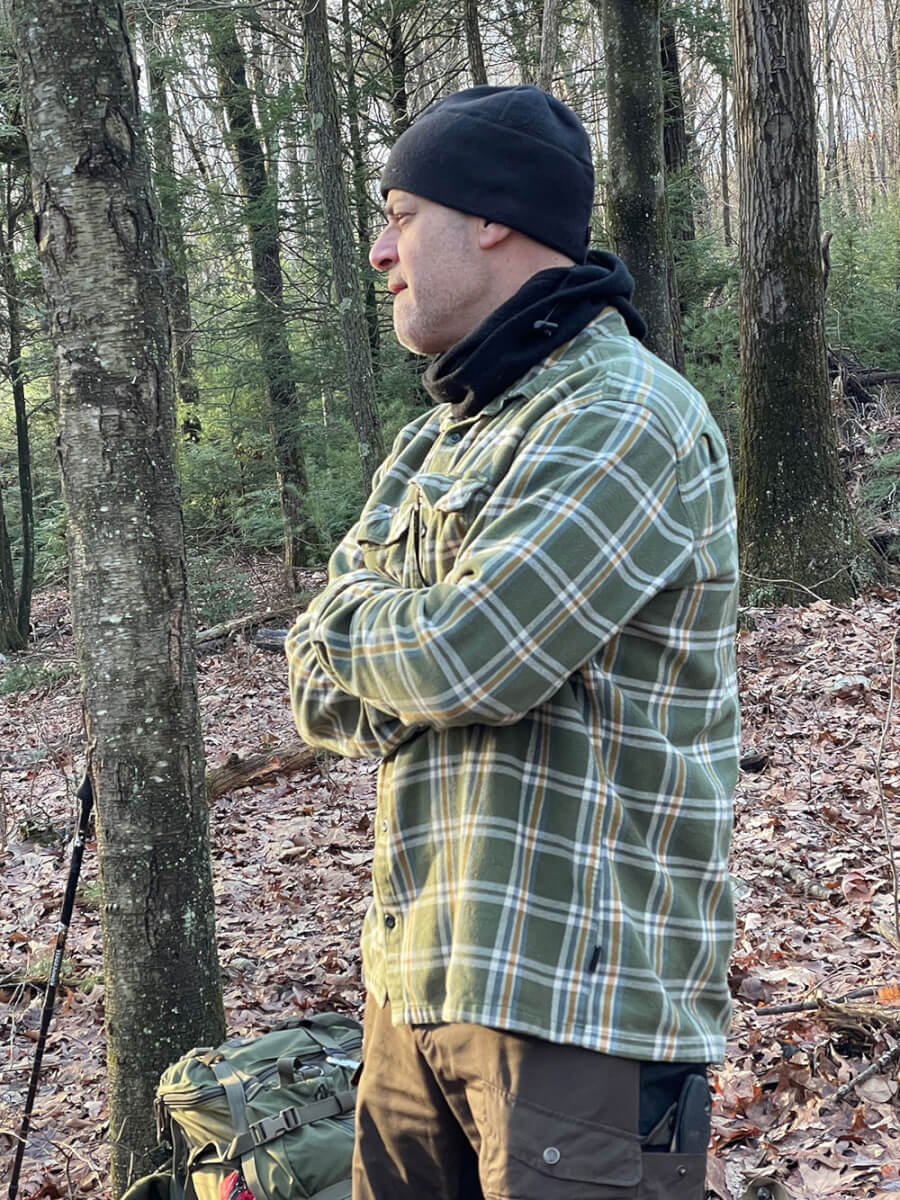
An area that is often overlooked for supplemental insulation is the neck. One of the circulatory system’s principle functions is to circulate warm blood to the organs and central nervous system. As warm blood moves from your core up into your brain, it passes through the neck. These arteries and veins are fairly close to the surface and can be a major source of heat loss.
Enter the American company NorthxNorth. Owned by Chad North, NxN specializes in outdoor gear to keep your head and neck protected from the elements.
NxN offers kerchiefs made from 100 percent Merino wool in a variety of sizes, material weights and colors. The standard NxN kerchief measures 42 x 42 inches, weighs just over six ounces and can be used for countless purposes including as a scarf, a shemagh, a foot wrap, a mitten, a tourniquet and much more. Since it is made from 100 percent Australian Merino wool, the kerchief (and all NxN products) provides a layer of efficient insulation that is moisture wicking, anti-microbial and light weight.
Since starting to use NxN products, I don’t leave home without them. They are configurable to meet most any need and are a real game changer when trying to stay warm.
Hypothermia can be an issue, even in warmer climates. By understanding the basics of what it takes to maintain your core body temperature you can tailor your clothing choices to meet the demands of your environment and enjoy the great outdoors no matter what Mother Nature throws your way.
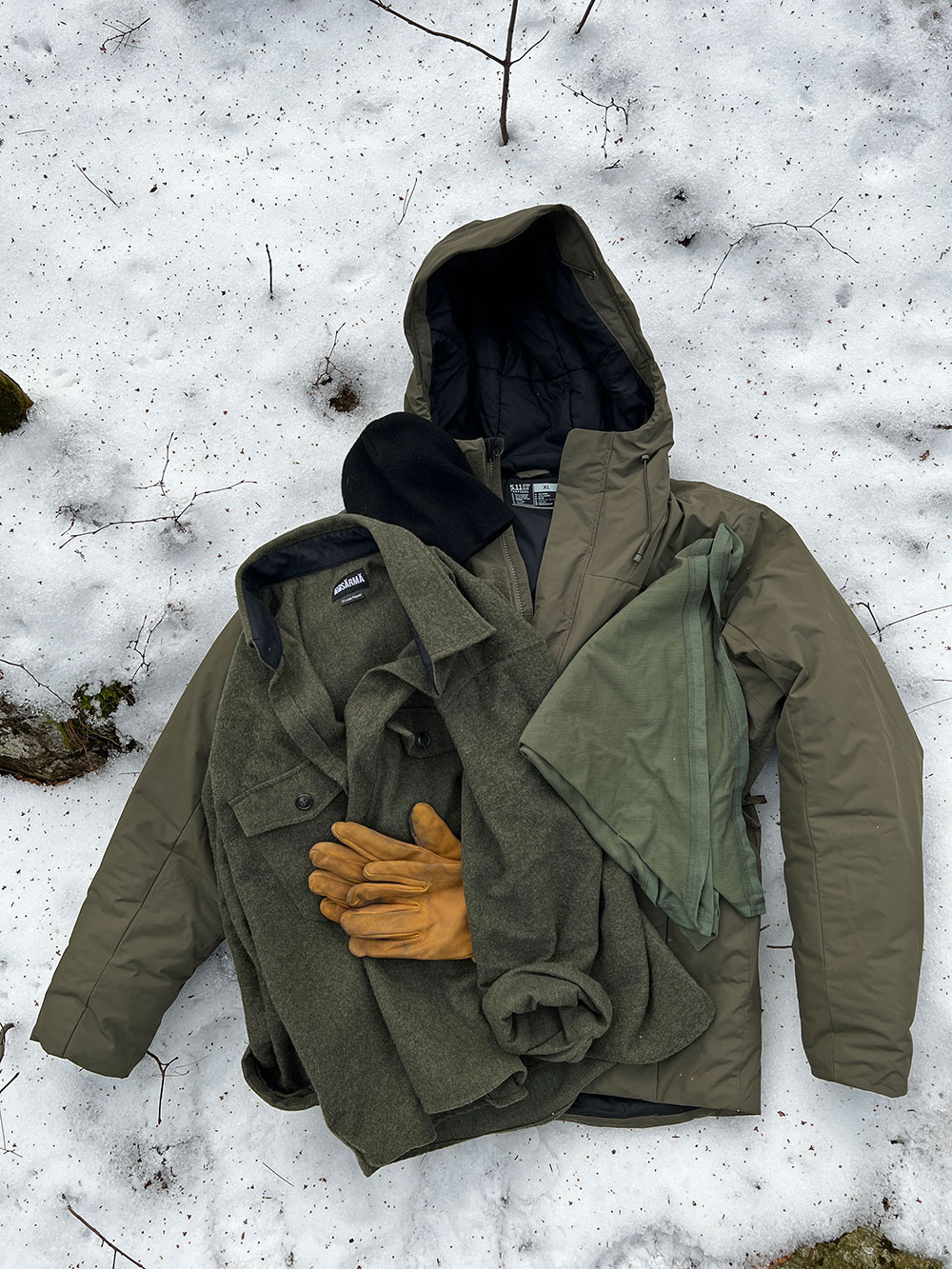
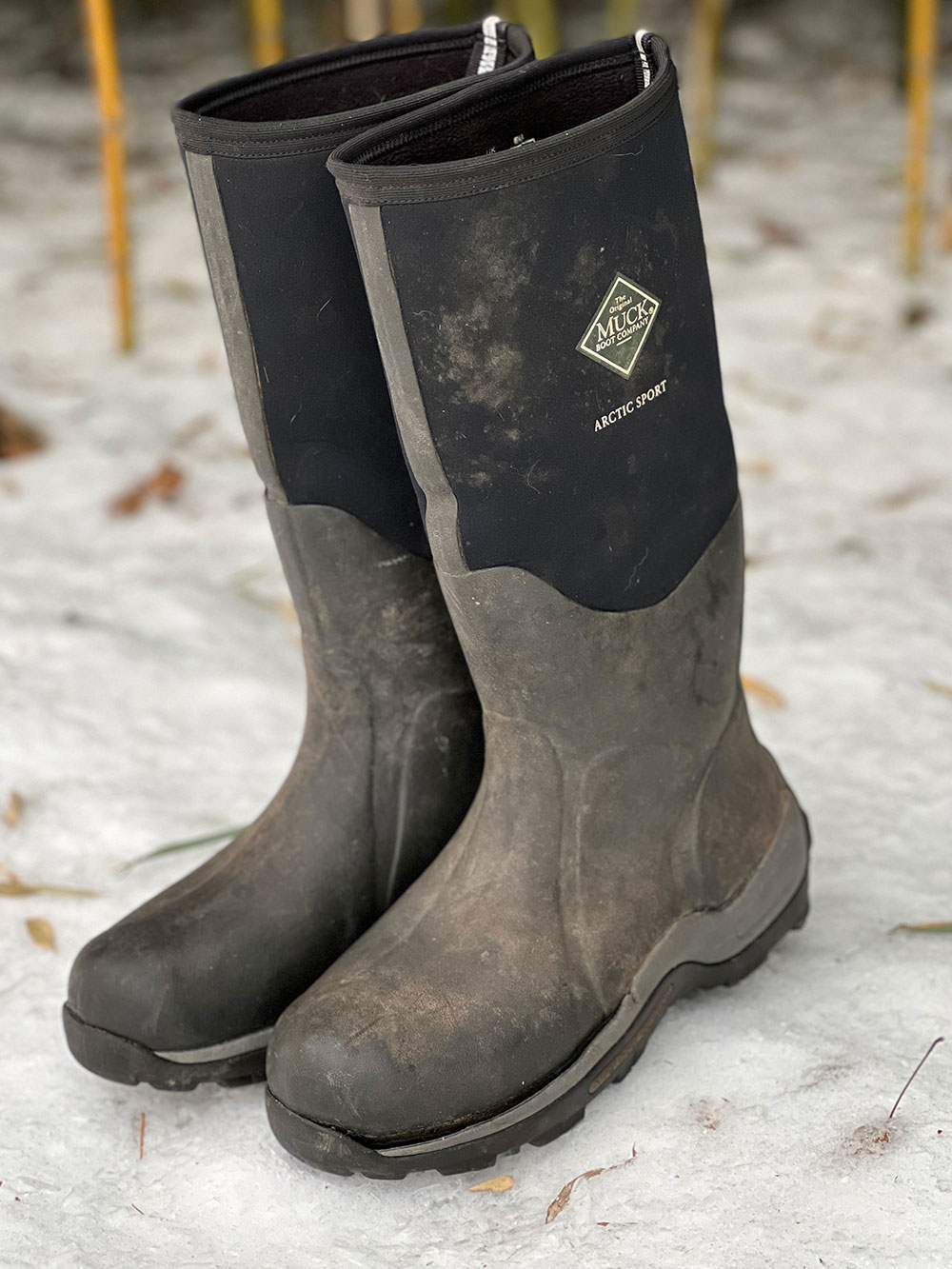
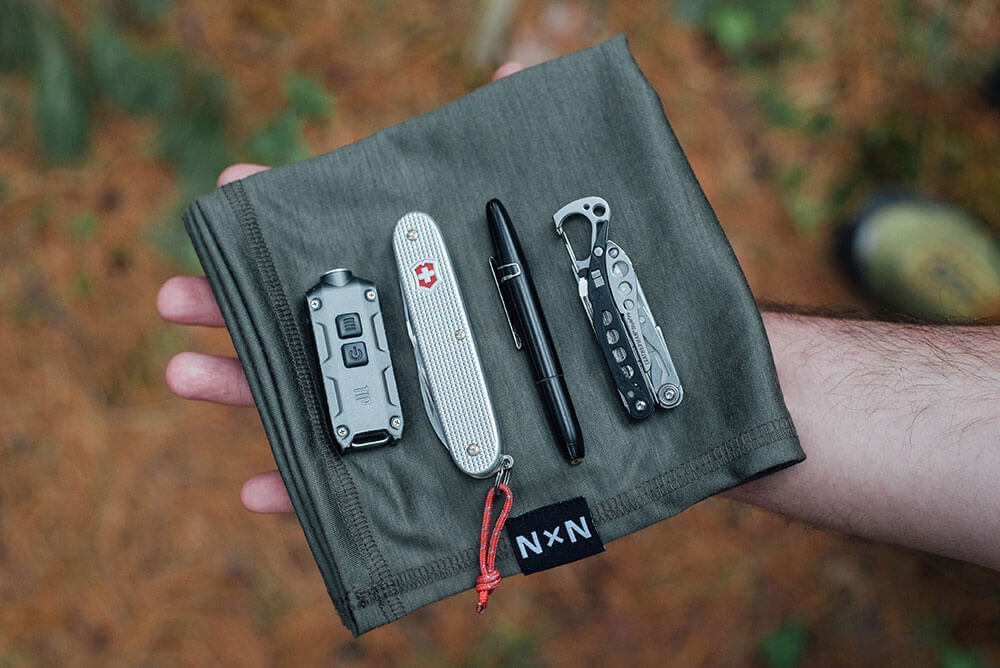
SOURCE
NorthxNorth
www.NorthxNorth.co


